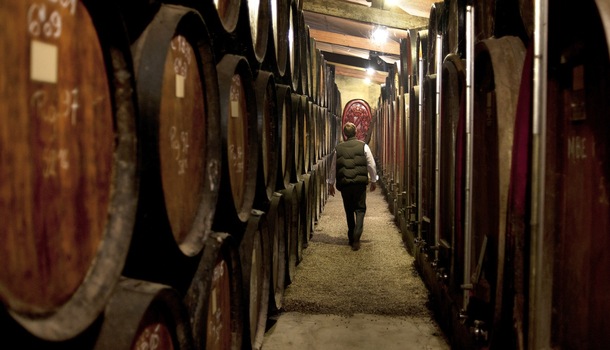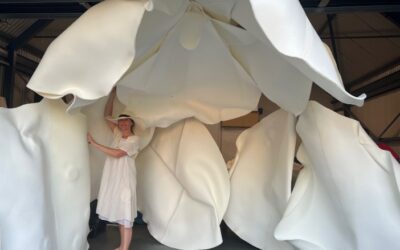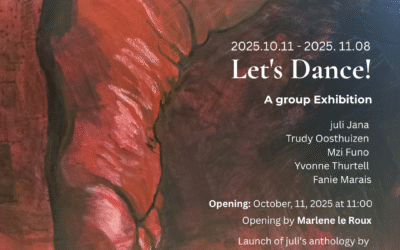You like shiraz? You got it — in volume. Some call it syrah and much under both names is good, some very good indeed, writes Tim James.
The hectarage of shiraz in the Cape continues to expand. It’s the only red wine grape of which more has been planted every year for the past 15 years at least and, from a minuscule contribution in the early 1990s, is now the fourth most planted variety overall.
Fashion means that producers everywhere want shiraz, from cool Constantia to hot Klein Karoo. That spectrum was fairly represented at a recent sampling of shiraz hosted by Haskell Vineyards in Stellenbosch, itself a serious contender in the syrah game. With 10 wines each from Australia and South Africa, it wasn’t intended as a competition, though it’s hard to be high-minded and avoid jostling when those two are the participants. Rather, the aim was to highlight some of the newer regions and styles in both countries and to scrutinise the tendency to move away from chunky, ultra-ripe blockbusterism to something more elegant.
Half of the Cape contingent has coolish origins (Constantia, Elgin, Agulhas) but the tasters’ favourite was the well-known Mullineux Syrah from the torrid Swartland, the 2010 vintage, like all those mentioned below, nicely illustrating the truth that a measure of lightness and restraint is by no means incompatible with a warm climate.
In the past decade or so, of course, the Swartland has proved remarkably well suited to shiraz, in both solo roles and ensembles with the likes of mourvedre and grenache. More recently, it has shown that freshness and lower alcohol levels can be accompanied by flavourful but subtly expressed ripeness, as exemplified by the Mullineux (and their cheaper Kloof Street blend) and even more by the later vintages of Lammershoek, including its excellent-value “second label”, Lam).
As for the cooler-area wines at the tasting, Belfield from Elgin did not convince me — any more than Iona has in the past — that this area, where chardonnay, sauvignon blanc and pinot noir are so content, has produced a fine shiraz. Perhaps it is that the vineyards are still too young to give depth and intensity of flavour. The model, however, still seems to be the big, very ripe, tannic wines, which have little appeal for me, though the style has its devotees.
A more famous wine that has already staked a formidable claim for Constantia’s shiraz potential is Eagles’ Nest, but it showed a trifle disappointingly here and was less modest than usual — too fruity and too oaky, at least in its youth.
One of the youngest shiraz areas in the Cape is Africa’s most southerly wine-growing region, the windswept hinterland of Cape Agulhas, and the news is mostly positive.
Lomond Shiraz, unfortunately, showed itself sweet and clumsy at this tasting but the Strandveld Syrah was a general favourite — balanced, more brightly savoury than fruity, and with a long, dry finish.
Interestingly, Strandveld — which makes an eminently explorable range of wines — finds that local customers gravitate more to their shiraz-based blend, the Navigator, than to the straight Syrah………
For the full story go to Mail & Guardian






